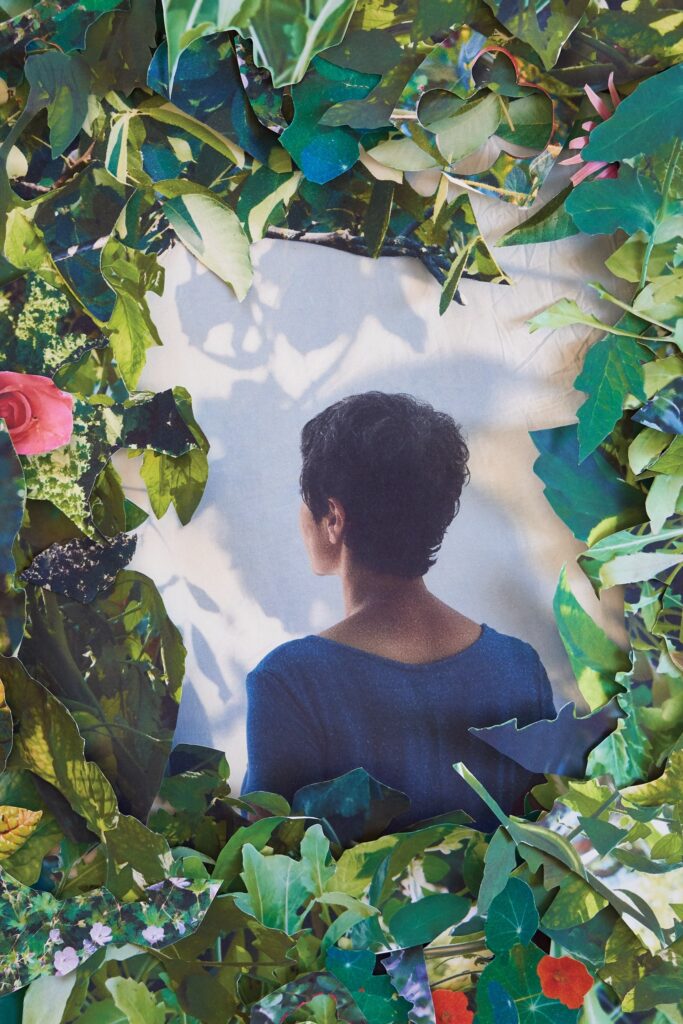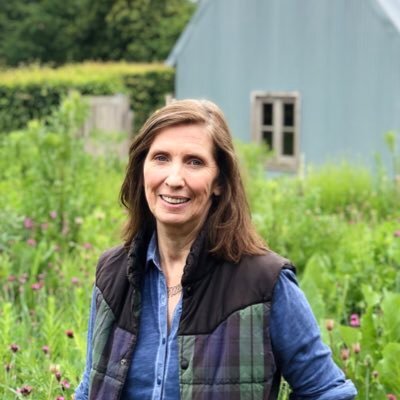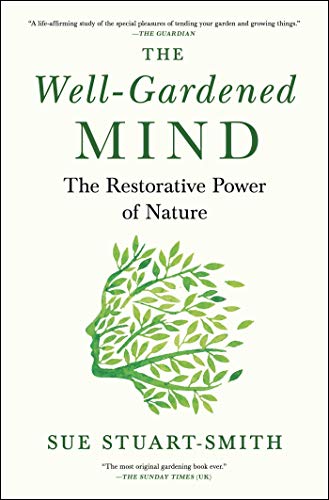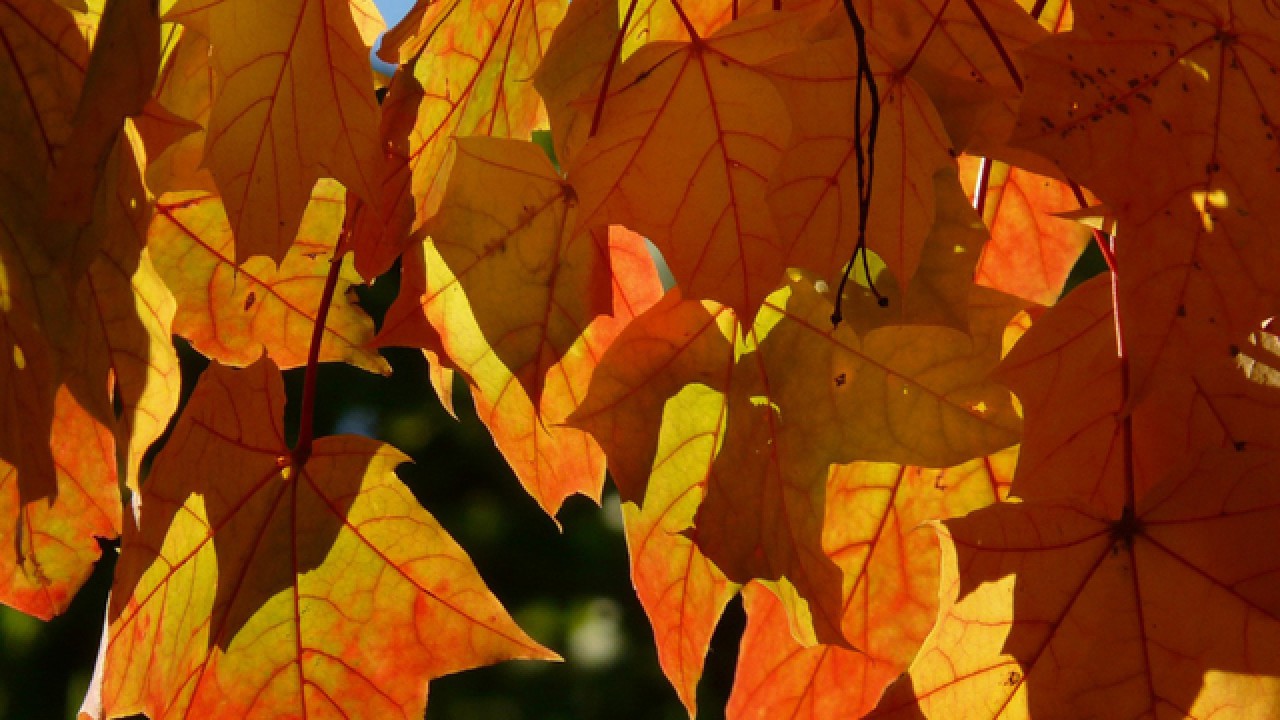Just like that, fall arrived. The leaves of the river birch turned yellow and fell to the ground, and I’ve been busy raking and sweeping. I’ve spent more time in the garden this year than ever before. It’s been a refuge from the endless stream of bad news that has me waking up at night with my jaw clenched. I’m drawn to gardens because I find them beautiful, but I suspect their power is more than aesthetic. Gardening is good for us, experts say, but can the benefits be explained? How does gardening work to restore and heal?
This is the subject of a recent essay from the New Yorker about gardening, “Nature and Nurture,” by British writer Rebecca Mead. Online its title is The Therapeutic Power of Gardening. It’s one of those expansive pieces the New Yorker does so well, part book review, part profile/garden visit, part personal story that add up to much more than an ordinary gardening article—after all, the New Yorker isn’t the place to turn for advice about how to stake your delphiniums. The piece’s real subject is grief and loss, and how gardening creates space for death in our lives.

Mead begins by noting how popular gardening is in Britain generally—half of all adults in the UK engage in some sort of gardening—and how interest has increased this year. Seeds sold out. Internet searches for garden topics spiked. She isn’t a gardener—she confides that she killed some arugula and spinach at the start of the lockdown—but her parents raised fruit trees, vegetables, and flowers around her childhood home. (What are marrows?) She describes “fragrant roses,” “clouds of lavender,” and playing with her brother on the lawn. Her mother, who is 89, still lives and gardens in this paradise. Mead has been prevented from seeing her since March.
To explain why people are turning to gardening during the pandemic, Mead turns to Sue Stuart-Smith, a psychiatrist whose book The Well-Gardened Mind is “a surprise best seller.” (One review begins, “This must be the most original gardening book ever.”) Stuart-Smith sees gardening as an experiential metaphor. Gardening gives people new experiences that counteract painful ones from their pasts, through which they unlearn painful lessons and replace damaged notions about themselves. This is one of the ways gardening restores and heals. I haven’t read the book, but in an excerpt published online, a repeat offender who participated in a prison garden project gained a restored sense of pride and agency when the vegetables he planted matured. Lifelong feelings of shame gave way to a belief that he was capable of success. He plans to pursue horticultural training following his release.


Sue Stuart-Smith’s husband Tom is a world-renowned landscape architect, and when she is able, Mead visits The Barn Garden, the property where the Stuart-Smiths live. Since this is a New Yorker article, there are no photos, but here is a video tour of this remarkable garden, created for a U.K. charity called the National Garden Scheme.
The garden’s several areas look wild—he even calls one the prairie—but clipped hedges define them and delight us with the juxtaposition of structure and disorder. As one commenter says, the garden “hovers on the edge of chaos and yet every plant is still distinguishable.”
Stuart-Smith is widely published and luscious photos of his work are all over the internet, including his own Instagram account.
This couple is at the height of their mastery, sharing what they’ve learned through their books, lectures, and teaching.
We feel how gardening tugs at Mead as she mourns being separated from her mother—now by COVID, and soon by death. She also casts a melancholy backward glance at the lost continent of her childhood, threading references to games like peekaboo and hide-and-seek through the essay. Parents will recognize her description of the theory that peekaboo reassures babies about object permanence. The parent disappears, but then makes a reassuring return, just as spring goes away, but then comes back.
Sue Stuart-Smith compares gardens to this stage in life when child begins to differentiate herself from the mother, a “transitional” space. When Tom Stuart-Smith describes the garden as “didactic” but also a “territory of discovery and self-expression,” he could be talking about childhood.
Interestingly, Tom grew up on the site of the Barn Garden. His father gave him the property, and he describes tension between them as they built a house together. This tension abated when Tom broke away from his father and asserted himself in the garden’s design. They still live within view of each other.
As the year winds down, we all have a sense of things ending. In the midst of so much grief, planning for spring can be a hopeful act—because there will be a spring. As Sue Stuart-Smith suggests, gardening “invokes the prospect of some kind of future.” However, we might not be here to see it. “The future promised by a garden may not always be ours to enjoy.”
My own parents are in their eighties, and each day brings me a deeper understanding of what lies ahead. As I clean up the garden and look up at the skeletal branches of the trees, I wonder how many more summers we’ll have together. What will this winter bring? Like old oaks, they’ve lasted so long and I’m so used to relying on their strength, I cannot imagine the world without their shade. We know it’s coming, but no amount of anticipation can prepare us for that day. The garden is one of the few places in our lives where we watch things die, where we see truths we can’t describe in words, but which also carries, as Mead says, the “power to console through its cyclical replenishment.”
